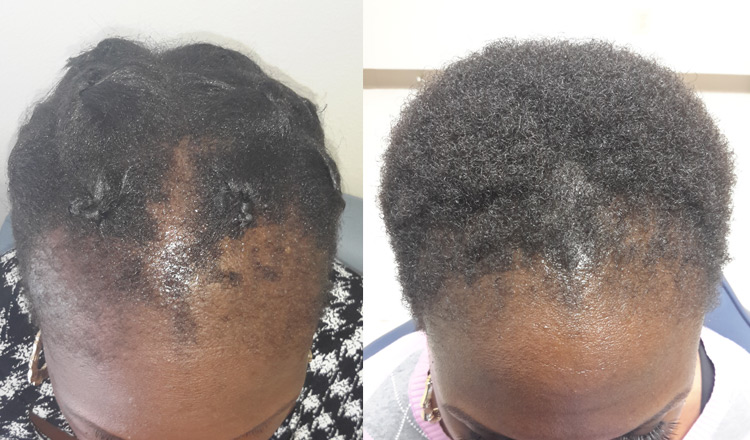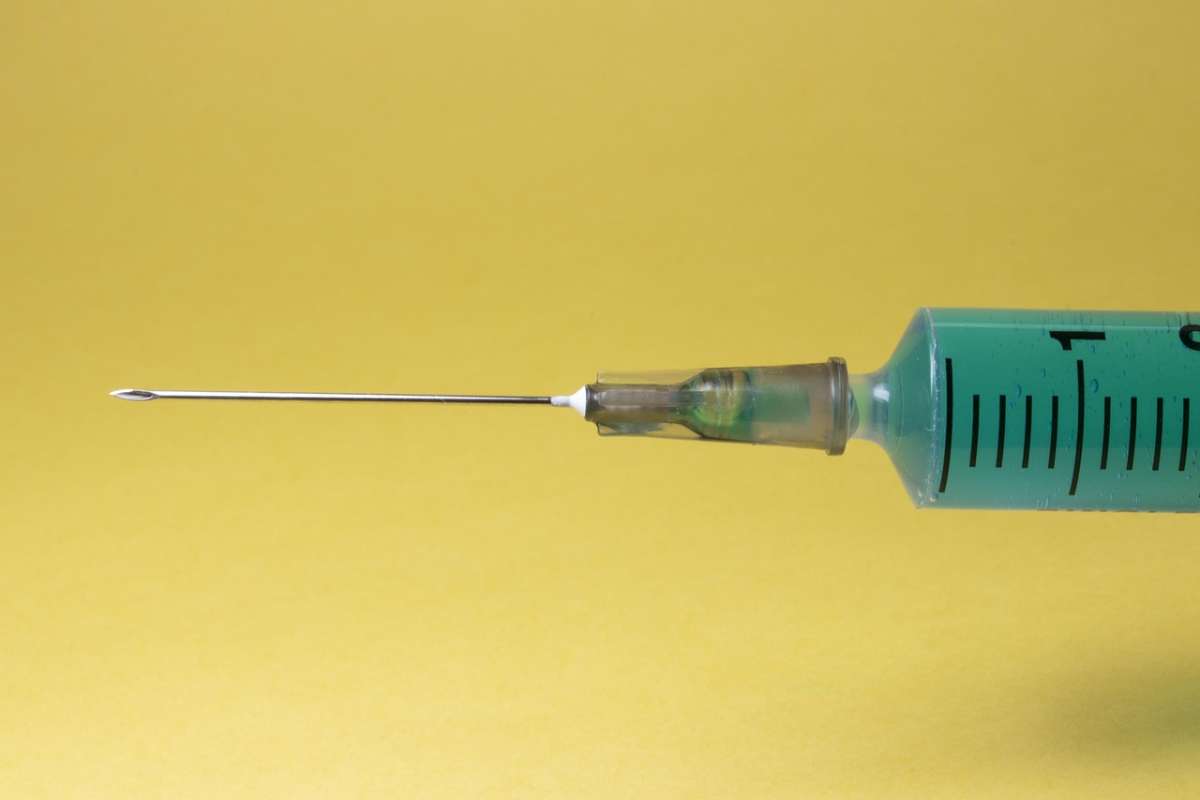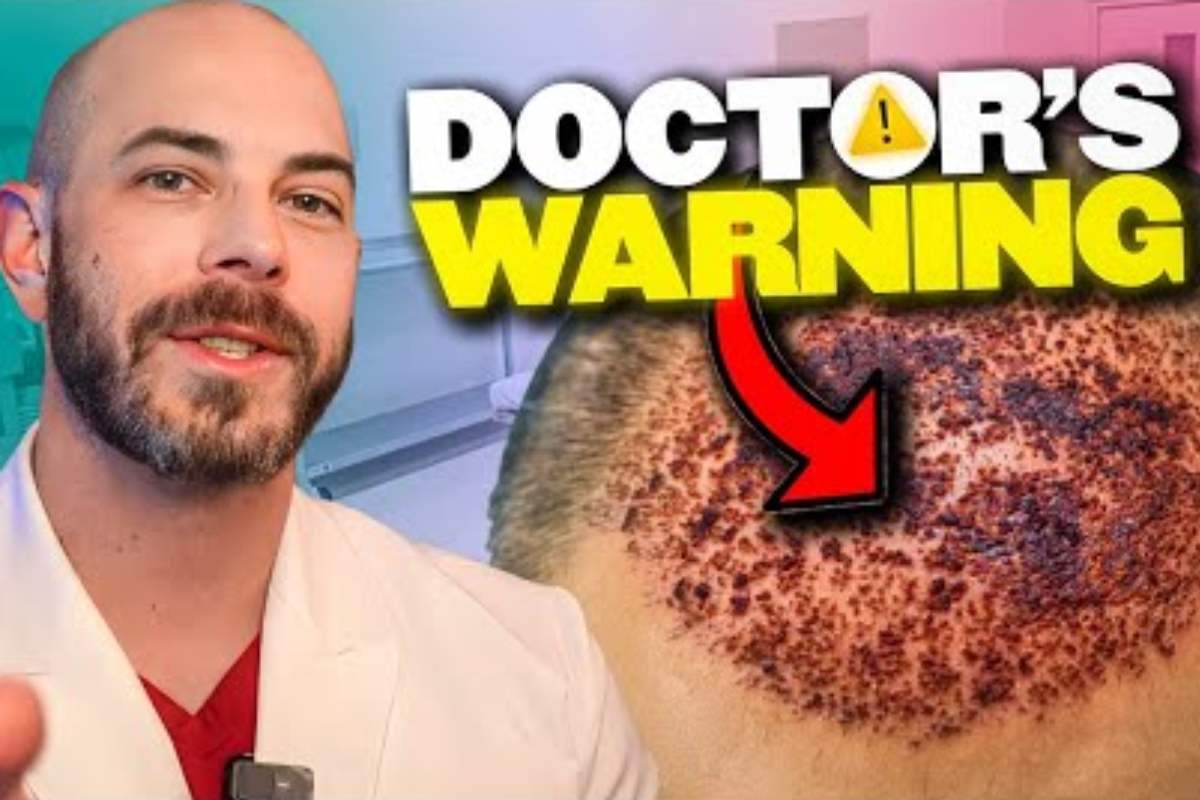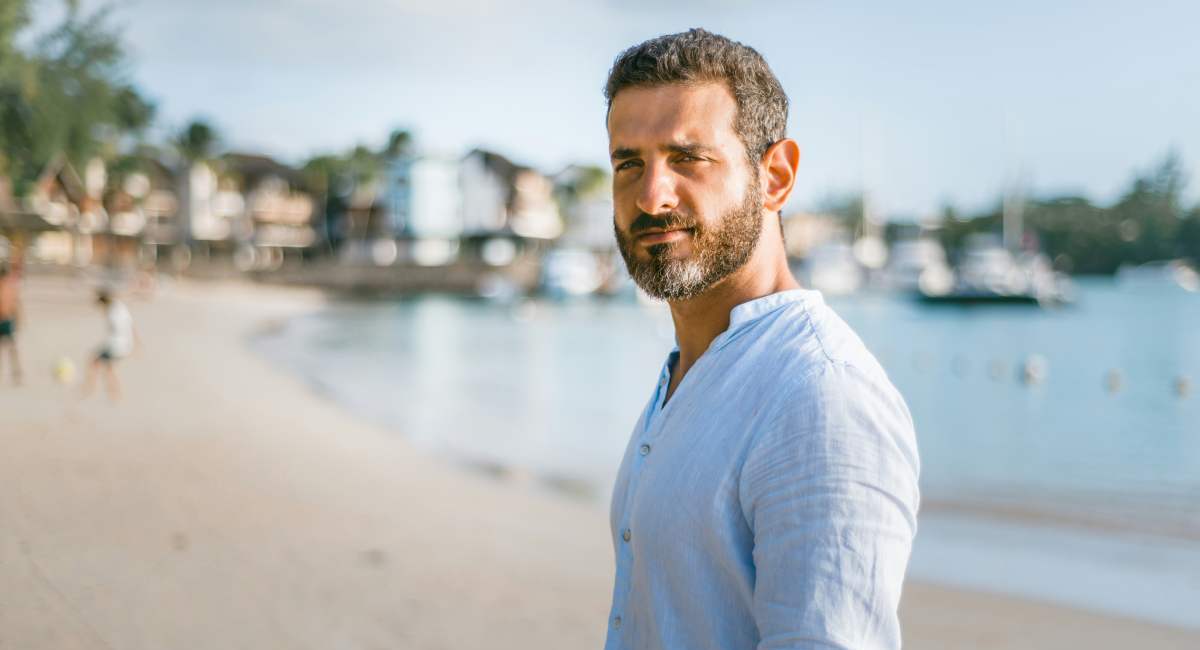
Like skin color, ethnicity also affects your hair and hair follicles. Also like skin color, these differences can range from subtle to extreme, especially in African American or Black hair. The aesthetic difference of the hair growing out from the head may be obvious to the eye, but the structural and microscopic differences can significantly affect how hair restoration procedures are properly performed.
If you’re considering a hair restoration procedure and have African American, Black or Afro-centric hair, it’s important to know what makes your hair unique in comparison to those of other genetic backgrounds. This is because, in order to create incredible results, hair transplants for African American, Black, or Mixed-Race patients will differ from those of other ethnicities.
By grasping these differences you’ll know what questions to ask when searching for the right hair restoration clinic. You’ll also know that the surgeon you choose has real experience in Ethnic hair transplants and fully understands what it takes to give you the incredible head of hair you deserve.
Why Get a Hair Transplant?
Hair loss is extremely common within every ethnicity. By the age of 50, about half of the male population will experience some form of androgenetic alopecia, better known as male pattern baldness.
Hair restoration experts also see a condition called traction alopecia in black patients more often than in other ethnicities. Traction alopecia is a condition caused by the hair being constantly pulled tightly from the scalp. Over time, this will cause hair follicles to die, which—although reversible in early stages—can lead to permanent balding.
If hair loss due to traction alopecia is permanent, then the only option to regain your natural hairline is through a hair transplant.
Although some people are happy to embrace a bald future, many others feel embarrassment or shame over losing their hair. Thankfully, significant medical advancements now allow many of those suffering from hair loss to halt balding or even regain their hair altogether.
Today, hair transplants present the most effective way for those experiencing hair loss to permanently recreate their own natural hair. By harvesting hair from a patient’s donor area—located at the back of the head—surgeons can restore follicles into an area that’s currently thin or balding. Within 3-6 months, hair will begin growing in and will continue to grow longer and thicker, all while looking completely natural.
The two hair restoration methods utilized today are the follicular unit transplantation (FUT) and the follicular unit extraction (FUE). With FUT, the physician removes a strip from the patient’s donor area, and technicians dissect individual follicular units (1-3 hair follicles) from that strip. With FUE, each follicular unit (1-3 hair follicles) is removed directly from the donor area through tiny punch incisions. For both techniques, the follicles are then implanted into the balding areas.

What Makes an African American Hair Transplant Different?
The primary difference between Afro-centric hair and that of other ethnicities pertains to the shape of the hair shaft. In African Americans/Blacks, the shaft is curved or C-shaped. In contrast, hair shafts in other ethnicities are typically straight.
A curved hair shaft makes harvesting and planting the hair more difficult. Extra attention must be made to every follicle that’s removed from the patient’s donor area AND as it’s placed back into the recipient area. Without this extra level of precision, the follicle could be destroyed.
With FUT, the surgeon is able to see the curvature of the hair shaft under the skin as they are making the incision. With direct visualization, a precise incision can follow the curve of the hair shafts. As the tissue is dissected further into each individual follicular unit, the technicians use a specialized microscope to examine the length of the hair from epidermis to bulb, and follow each curve to create beautiful grafts. The FUE technique relies on very small punches and predicting where the bulb will lie under the surface of the skin, so there is more room for error. However continuous adjustments can be made to the angle, depth, and size of the punch in order to achieve the fewest transections. Most surgeons choose to use the FUT technique in African American / Black patients because it provides the best chance to minimize transections, but both methods can be successful.
African American hair is more fragile than the hair of other ethnicities. If you look at the hair on cross-section (meaning – if you could cut it like a loaf of bread), it is oval or even slit-like in shape. Essentially, the hair shaft is flatter, which means it has a higher surface area-to-mass ratio and which makes it more sensitive to trauma through daily styling and during transplant. A fun-fact for comparison: Asian hair on cross section is very circular and provides the most strength which is why it is often used for wigs. Though great hair transplant surgeons will be delicate with every patient’s hair, extra care must be taken with black patients’ hair. Every human possesses a finite number of hairs, so it’s important to avoid damaging these precious hairs during a hair transplant.
When placing hairs into the hairline, once again that C-shaped curve matters. All ethnicities have predictable angles to the hair as it exits the skin, but this angle changes from the frontal hairline to the temples to the crown. When working with Afro-centric hair, even greater care must be taken with graft placement. The curve of the bulb should point towards the face in the hairline and towards the angle of exit in the other areas of the scalp. With a great deal of skill and patience, the curved grafts are placed so that the hair will look natural and uniform as the curls grow in.
Hairlines also differ between ethnicities. In current fashion, African American hairlines often run straighter across the patient’s forehead with more angular corners. Often this is achieved by sculpting the hairline with a razor. In contrast, the hairlines in Latinos or Caucasians are more M-shaped with sloping or curved corners. A surgeon with experience in African American hair will understand the variations in hairlines depending on the patient and their background. That way, they’ll create an incredibly natural look for every individual patient.
The Limmer Hair Transplant Center has a proud history of conducting many successful hair restoration surgeries on African American / Black patients. Our entire team has been fully trained on the delicate intricacies of hair transplants for all ethnicities.
If you’re ready to learn more about undergoing a hair transplant, trust the experts at Limmer HTC. With years of experience in conducting hair restorations, we’ll provide you with the care, skill, and compassion you deserve. Schedule a consultation anytime at (210) 496-9992, or set up an appointment online.







